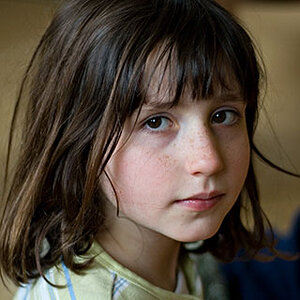Hillsong
TPF Noob!
- Joined
- Aug 21, 2010
- Messages
- 48
- Reaction score
- 0
- Location
- Santa Barbara, CA
- Can others edit my Photos
- Photos OK to edit
Alright. So a bit of a technical question. I'm learning that direct sunlight for just about any portrait is not ideal (producing harsh highlights/shadows, etc.) and i've learned that backlighting is a great way to have soft, even light across the subjects face. I've attempted a variety of shots using this, and its produced lighting that i like for the subjects face, however the background is a different story. I imagine that in order to allow more of the background to be visible, i need to increase the amount of light on the subjects face in order to do so. I'm going to acquire a Sb-600 in the next month so i know i will be able use that for fill flash, but for other techniques, what do i have? I'm on a very VERY tight budget (I'm sacrificing prized cymbals that i sadly cannot use in order to get necessities [ i.e. Gas, food] as well as the flash.). I know reflectors can be used to bounce back light onto the subject, but i typically shoot alone, with no one to help with holding the reflectors. On the matter of reflectors, I've heard that dashboard reflectors work well as the poor-man's reflectors. Any other suggestions? I attached one of my pics so ya'll can get an idea what I've shot using backlighting so far.
Disclaimers:
1) yes, i know comp isn't the best, and her lanyard is distracting, but this was a semi-impromptu shoot, and we didn't have a place to really set down her keys, etc.
2) i know the subject seems a tad overexposed (not the background, but the subject herself). This stems from a personal preference on images. I take photos at exposures that i feel best represent the individual, which typically means that i shoot at a stop or two lighter than most would (or perhaps even more). Regardless of that, my question is more about the background and creating more depth to the image rather than a blown out background. (YES i have dropped the exposure in LR3 and no more detail can be pulled out from the background to be merged, etc.) I shoot in RAW which does allow for a little leeway in editing, but i would prefer to combat the problem in camera and shift reliance away from PP.
I know this is alot to chew through and answer, but i appreciate the input. Any good (inexpensive) suggestions for reflectors, etc., will be GREATLY appreciated
Thanks!
-Hillsong
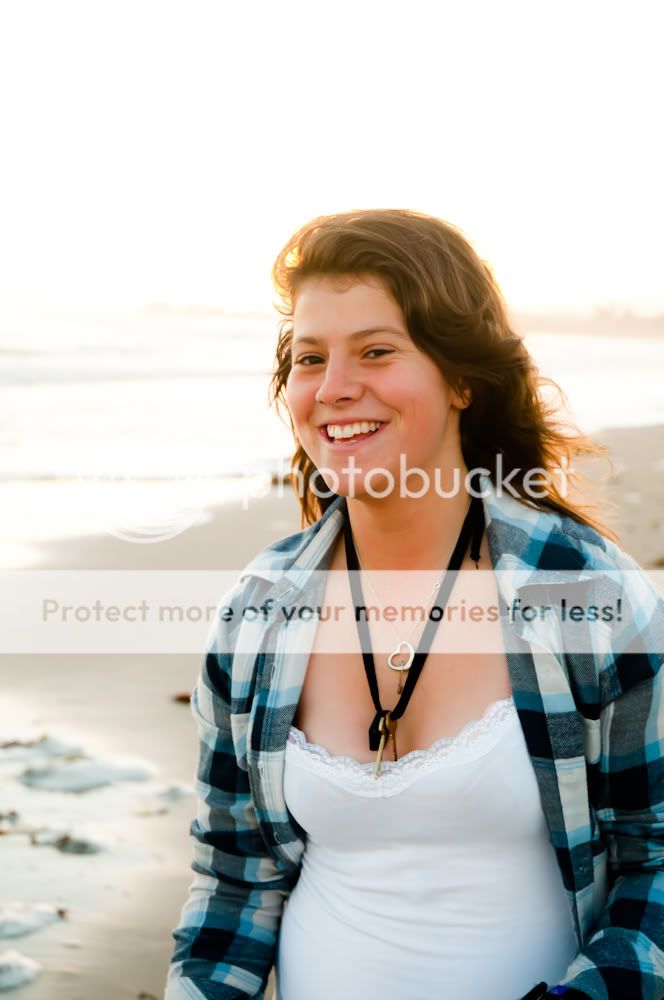
Disclaimers:
1) yes, i know comp isn't the best, and her lanyard is distracting, but this was a semi-impromptu shoot, and we didn't have a place to really set down her keys, etc.
2) i know the subject seems a tad overexposed (not the background, but the subject herself). This stems from a personal preference on images. I take photos at exposures that i feel best represent the individual, which typically means that i shoot at a stop or two lighter than most would (or perhaps even more). Regardless of that, my question is more about the background and creating more depth to the image rather than a blown out background. (YES i have dropped the exposure in LR3 and no more detail can be pulled out from the background to be merged, etc.) I shoot in RAW which does allow for a little leeway in editing, but i would prefer to combat the problem in camera and shift reliance away from PP.
I know this is alot to chew through and answer, but i appreciate the input. Any good (inexpensive) suggestions for reflectors, etc., will be GREATLY appreciated
Thanks!
-Hillsong



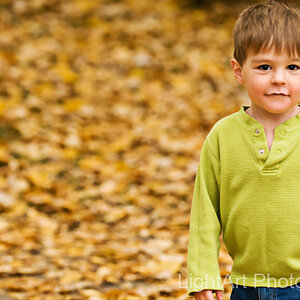
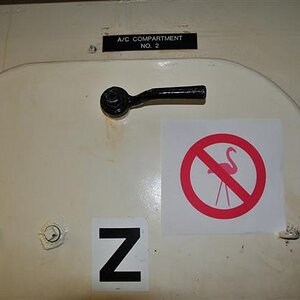
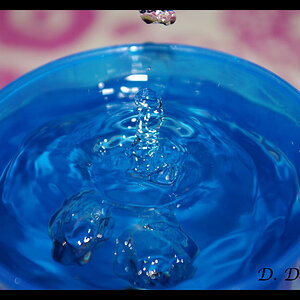
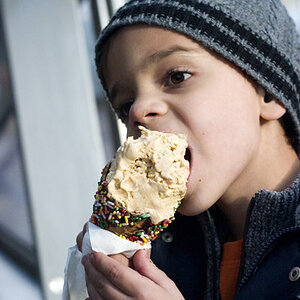
![[No title]](/data/xfmg/thumbnail/33/33351-cd8e1d901d113ee8f9312e19478885a7.jpg?1619735918)
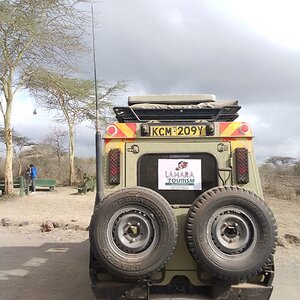
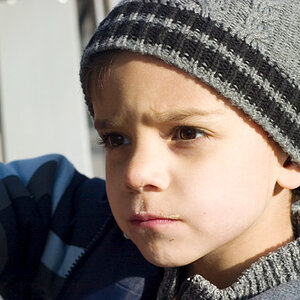
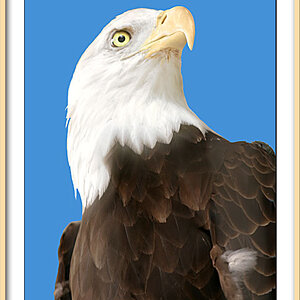
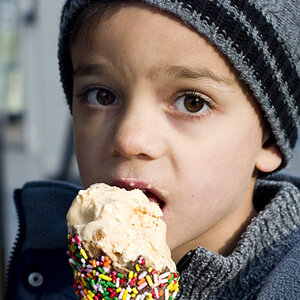
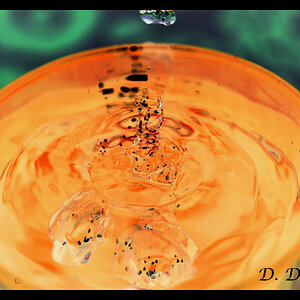
![[No title]](/data/xfmg/thumbnail/31/31012-f5e0c7cdea2f2c3e44737e3f61c2461a.jpg?1619734567)
